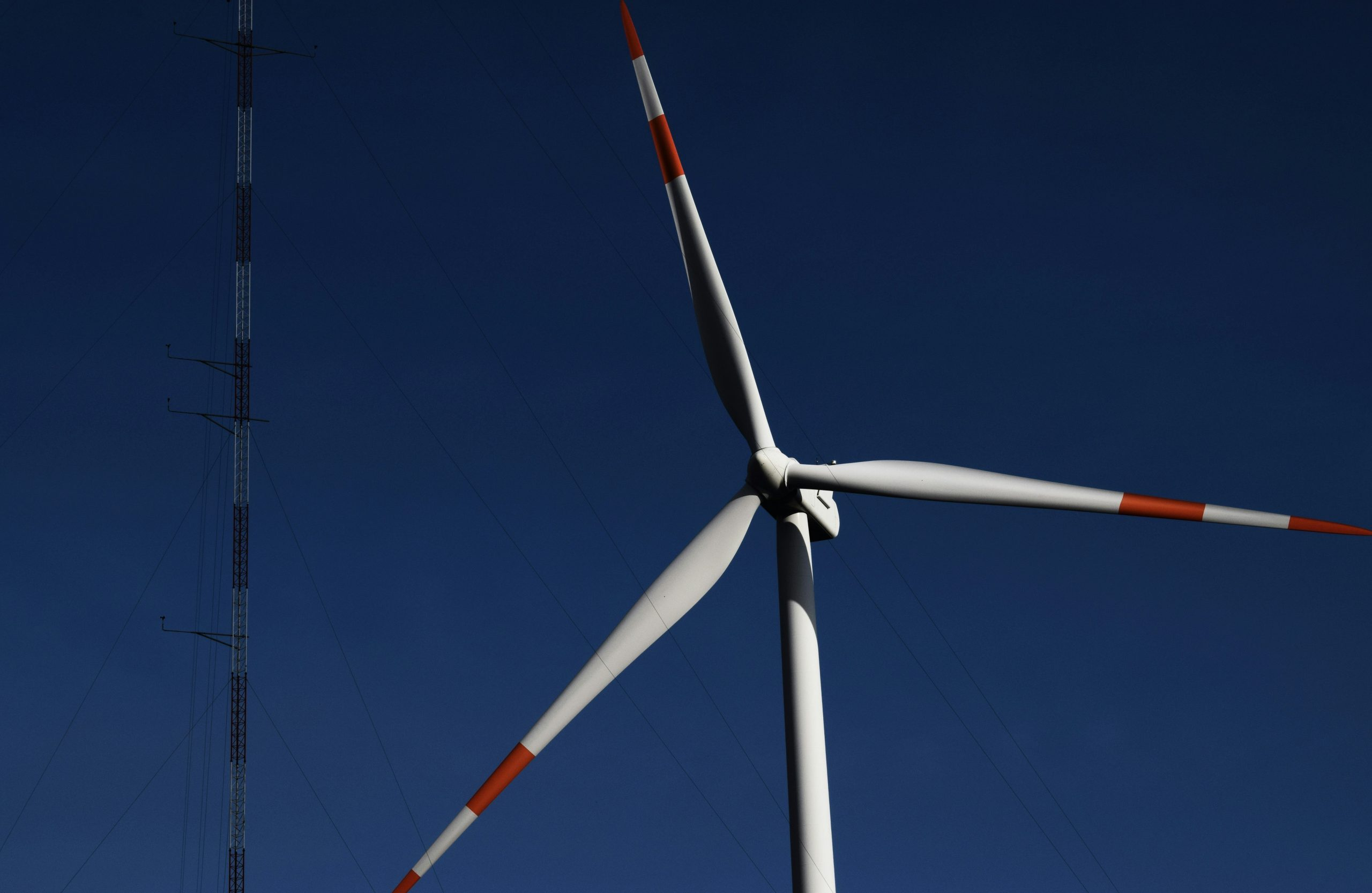Retrofit Revolution: Turning 1990s Offices into Energy Farms
In today’s world, where climate change is a pressing issue and sustainability is a major concern, retrofitting has become a popular solution for reducing our environmental impact. One such innovative approach is the concept of turning 1990s offices into energy farms. This retrofit revolution not only transforms old and inefficient buildings but also creates a new source of renewable energy. With the potential to revolutionize the way we view and use our office spaces, this trend is gaining traction globally. Let’s delve deeper into the concept of retrofitting and how it is transforming these outdated structures into energy farms.
The Need for Retrofitting
With the rapid growth of urbanization, there has been a surge in construction activities, resulting in the development of numerous commercial and office buildings. These buildings are a significant contributor to greenhouse gas emissions and energy consumption. In fact, according to a report by the International Energy Agency, buildings account for 36% of global energy use and 39% of energy-related carbon dioxide emissions. This is where retrofitting comes in. By retrofitting these structures, we can make them more energy-efficient and reduce their environmental impact.
What is Retrofitting?
Retrofitting involves making modifications to existing buildings to improve their energy efficiency, comfort levels, and overall sustainability. This includes upgrading or replacing outdated systems, such as heating, ventilation, and air conditioning (HVAC) systems, lighting, and insulation. The ultimate goal of retrofitting is to reduce the overall energy consumption and greenhouse gas emissions of a building while maintaining or improving its functionality and comfort levels.
The Concept of Retrofit Energy Farms
The idea of turning 1990s offices into energy farms takes retrofitting to the next level. Instead of just making buildings more energy-efficient, this concept aims to transform them into self-sufficient structures that can generate their own energy. This is done by installing renewable energy systems, such as solar panels, wind turbines, or geothermal systems, on the building’s roof or walls. These systems allow the building to produce and store its own clean energy, reducing its dependence on traditional energy sources.
The Advantages of Retrofitting into Energy Farms
This new concept of retrofitting has several advantages, both for the building owner and the environment.
Reduced Energy Costs
The most significant benefit of retrofitting into energy farms is the significant reduction in energy costs. By producing its own energy, the building becomes less reliant on the grid, which means lower electricity bills. As traditional energy prices continue to rise, this is a crucial advantage for both commercial building owners and tenants.
Environmental Impact
Energy farms have a tremendous positive impact on the environment. By reducing the amount of energy a building consumes, energy farms help to lower greenhouse gas emissions, contributing to the fight against climate change. Moreover, by generating clean energy, they help to reduce our dependence on fossil fuels, which have a detrimental effect on the environment.
Improved Building Value
Transforming a 1990s office into an energy farm can significantly increase the building’s value. In a world where sustainability and energy efficiency are becoming more and more important, buildings with their own renewable energy systems are highly sought after. This can also make the building more attractive to potential tenants, making it easier to generate revenue.
The Future of Retrofitting
The concept of retrofitting into energy farms is still relatively new and not yet widely adopted. However, with an increasing focus on sustainability and a push towards renewable energy, this trend is expected to gain more traction in the future. As technology continues to advance, retrofitting will become more accessible and affordable, making it a viable option for transforming older buildings into energy-producing structures.
In Conclusion
The trend of retrofitting 1990s offices into energy farms has the potential to revolutionize how we view and use our buildings. By combining energy efficiency with renewable energy, it not only benefits the environment but also brings economic advantages. As more and more buildings embrace this concept, we can move towards a more sustainable future and reduce our carbon footprint. It’s time to turn our old, inefficient offices into energy farms of the future.











